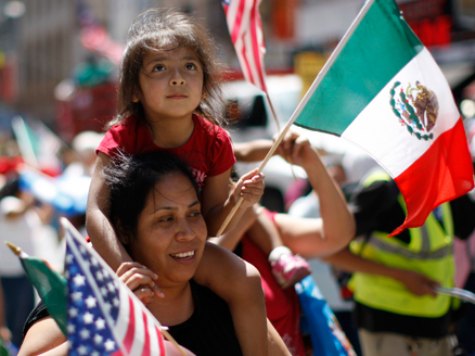In March, the Latino population in California will overtake the white population, according to a report in Gov. Jerry Brown‘s 2014-15 budget proposal.
The date was pushed back from the initial date that was supposed to be seven months before because the Latino birth rate was not quite as high as previously suggested. In March, Latinos will comprise 39% of the state’s population; whites will number 38.8%.
Around 1990, non-Hispanic whites comprised 57% of the population, while Latinos made up 26%. Bruce Mirken, spokesman for the Greenlining Institute, which works for communities of color, warned, “It’s less about one group being a couple tenths more of the population than another group, but more about a continuing trend for California being a majority-minority state. Everything that government does, that private industry does, needs to react to that reality.”
The state’s population will add 300,000 people by July.
Bill Schooling, chief demographer for the state Department of Finance, said that because the median age for Latinos is 28, their birth rates will be higher than their white counterparts. He added, “Considerably more births are Latino, even though the birth rate is not particularly high.” But Schooling also said that data being compiled indicates that Latinos will not become a majority, unlike estimates previously made that suggested Latinos would be a majority by 2042. He concluded, “In our projections, they get higher and higher, but not reaching a majority.”
Asian groups comprise 13% of the state.
Another demographic factor noted in the report was the number of Californians 65 and older; they will skyrocket 20.7% by 2019. Estimates project that over 1,000 Californians will turn 65 years old every day for the next 15 years. But the youth group will diminish; among 18-to-24-year-olds there is a 4.5% decline and 5-17-year-olds have only climbed 0.2%. Mindy Romero, director of the California Civic Engagement Project at the UC Davis center for Regional Change, said, “A big question mark is about what that means for policy for youth. Older voters often aren’t as supportive of youth-specific policies.”

COMMENTS
Please let us know if you're having issues with commenting.